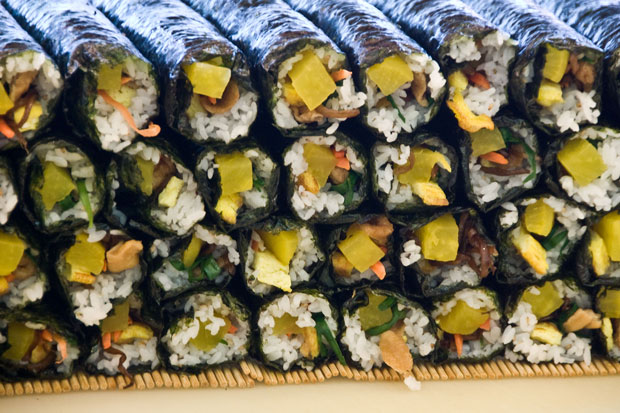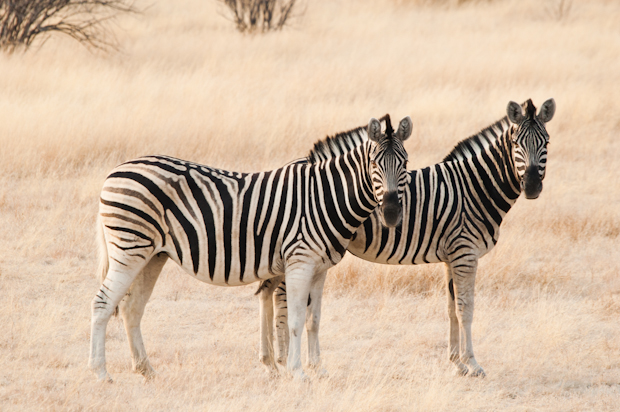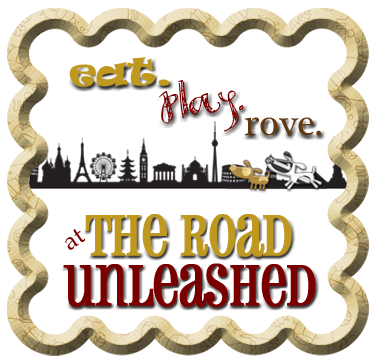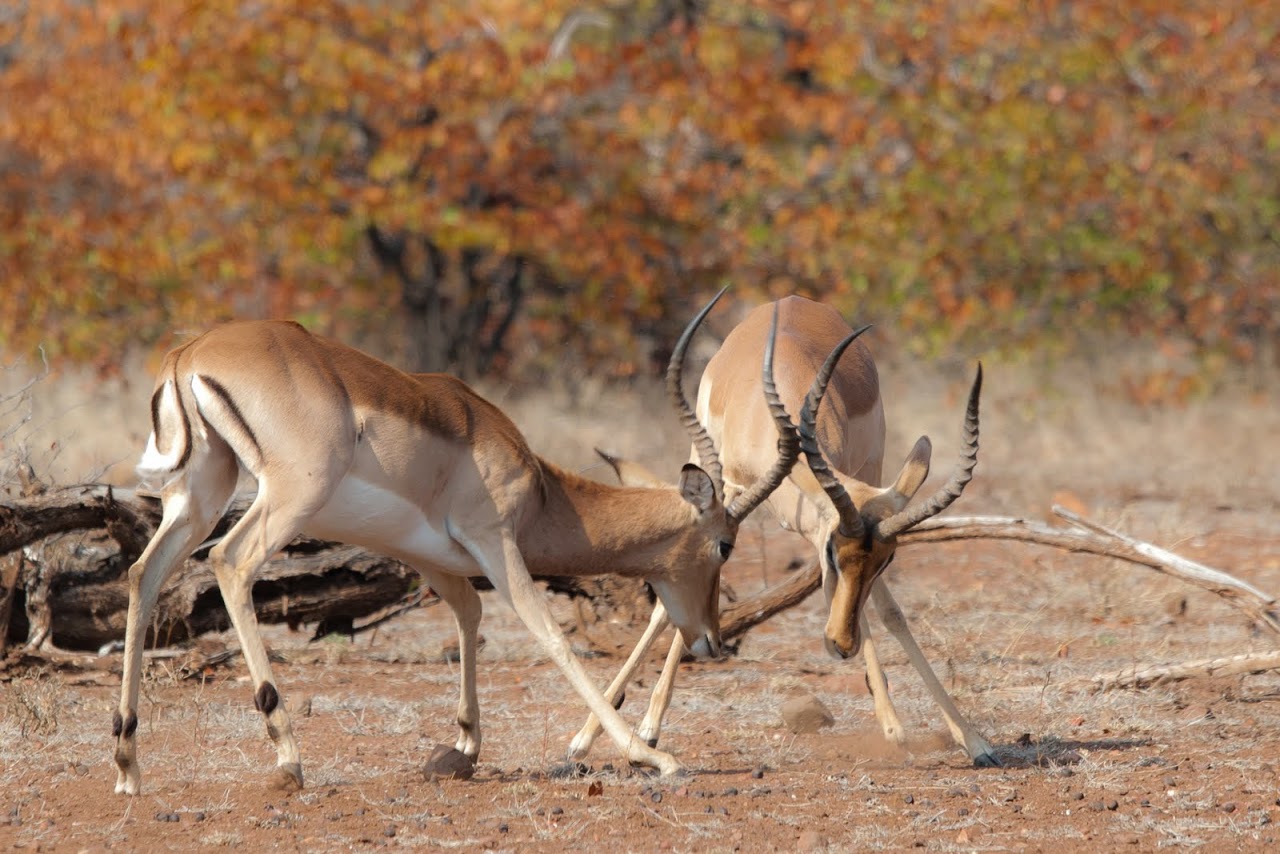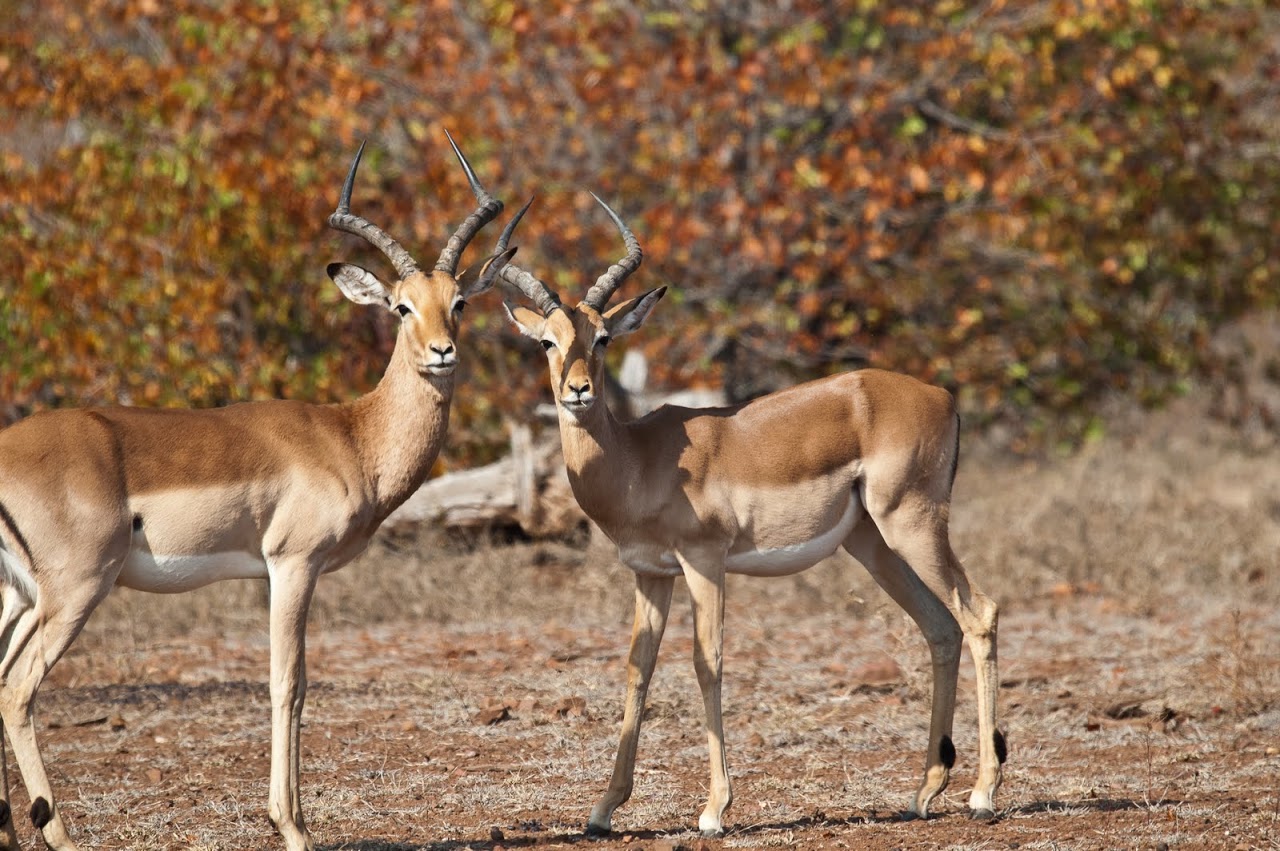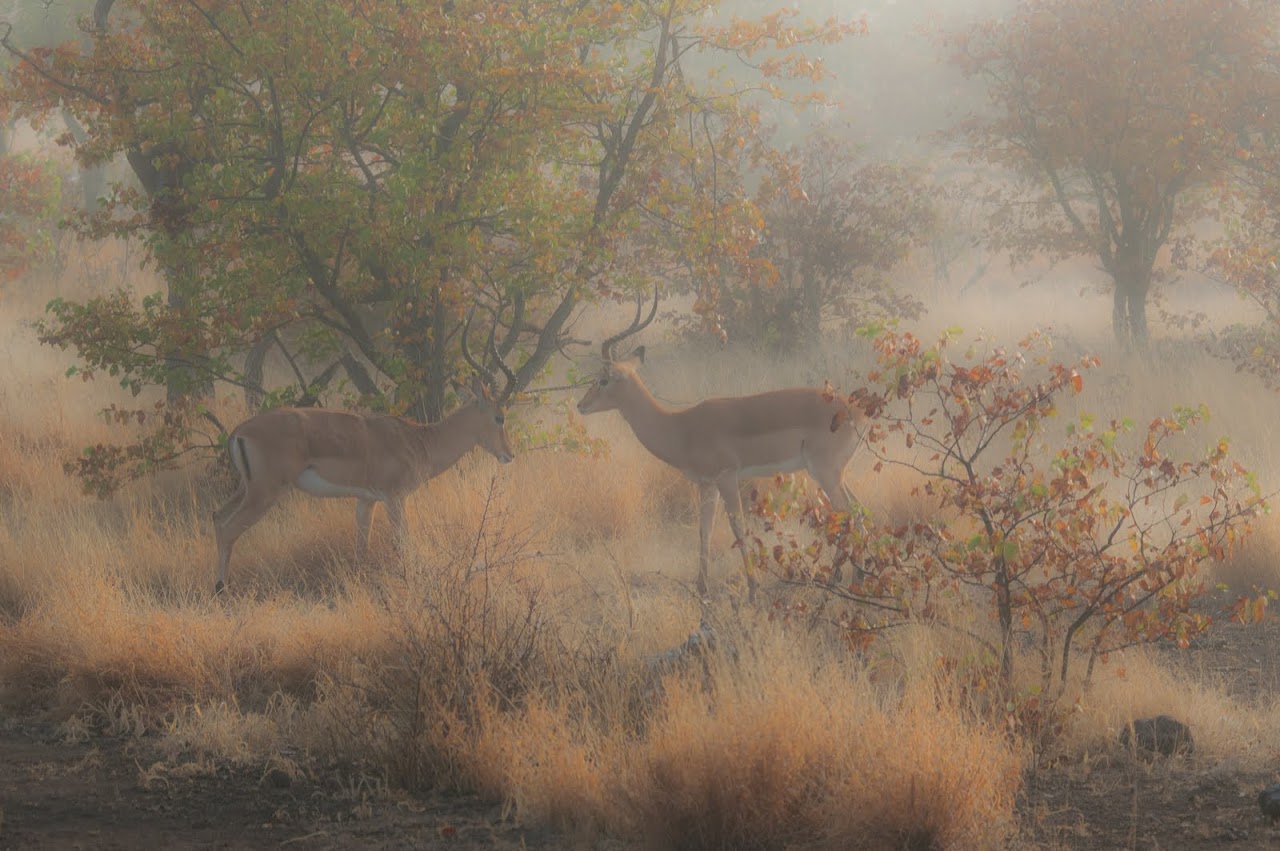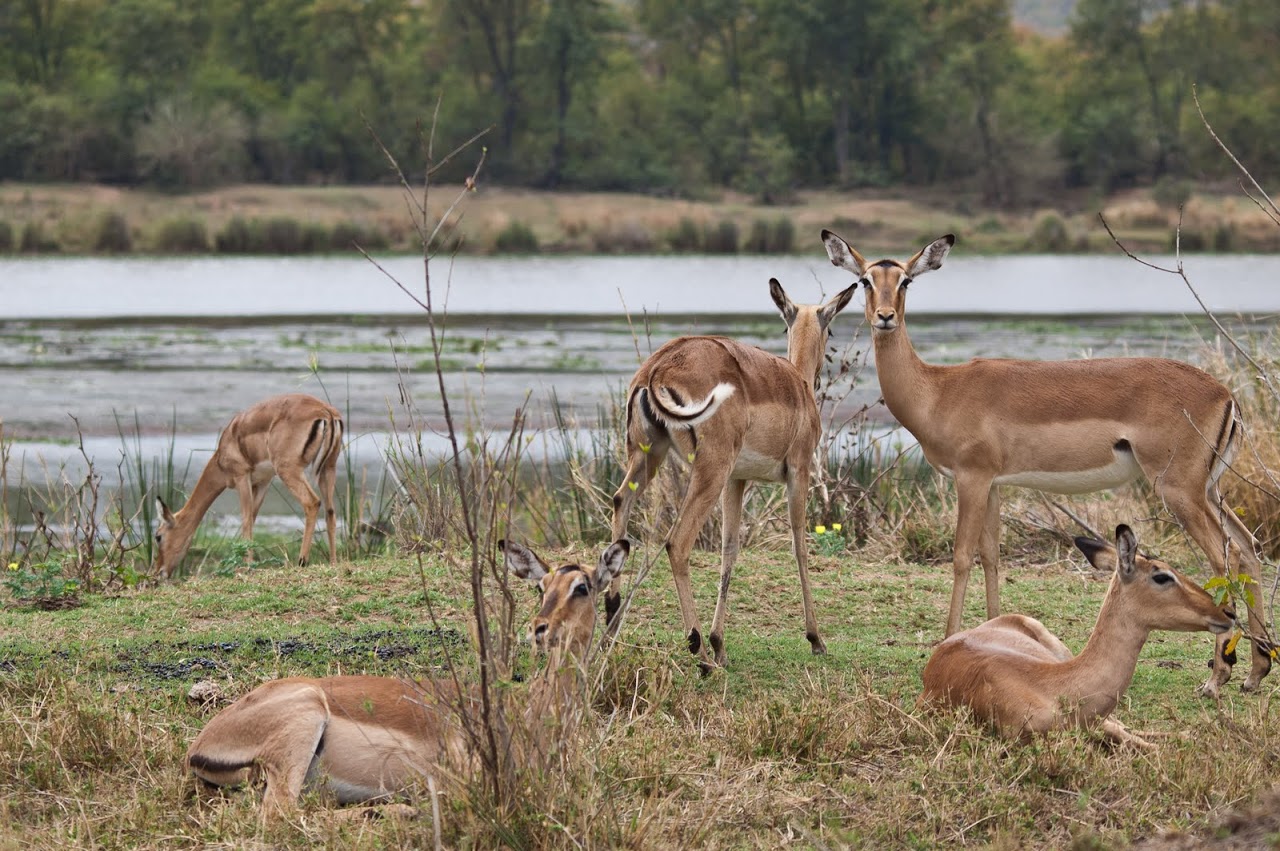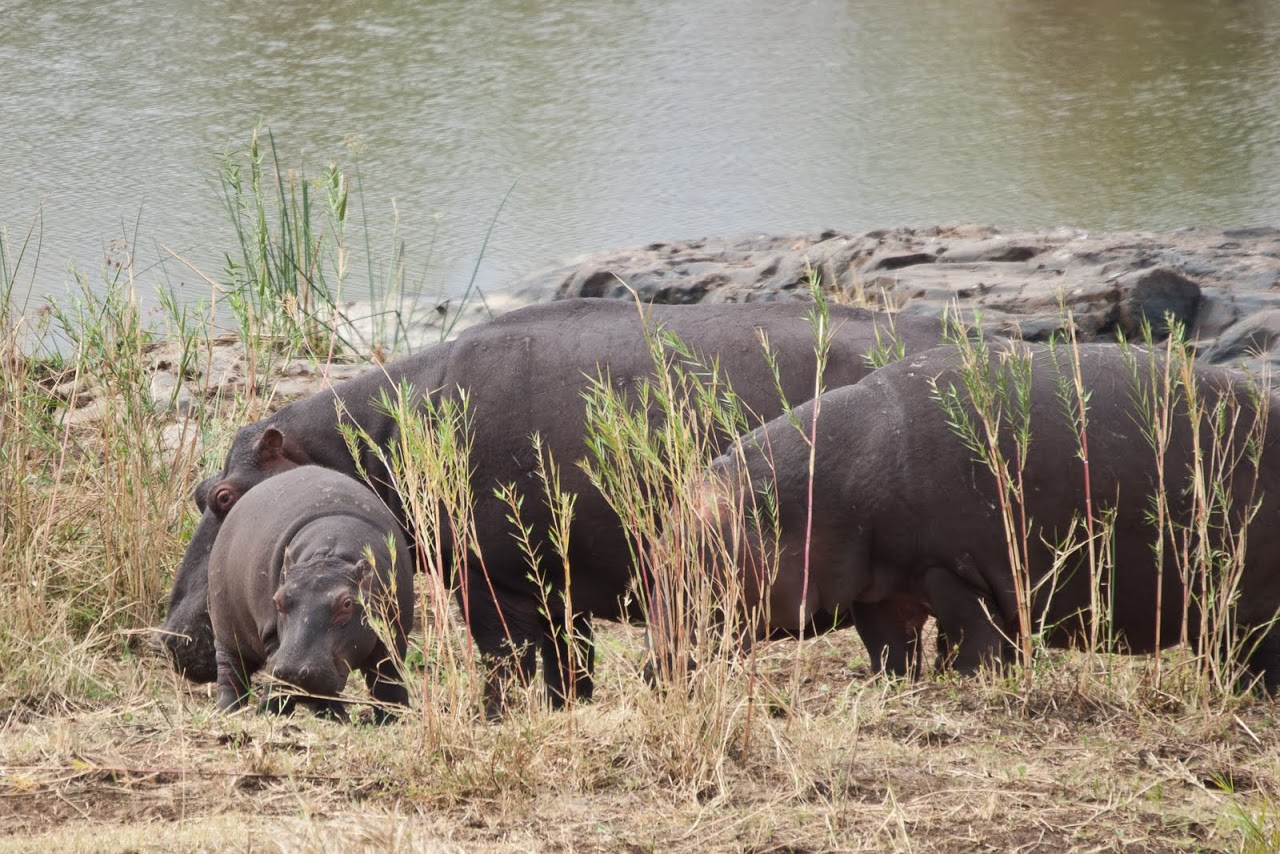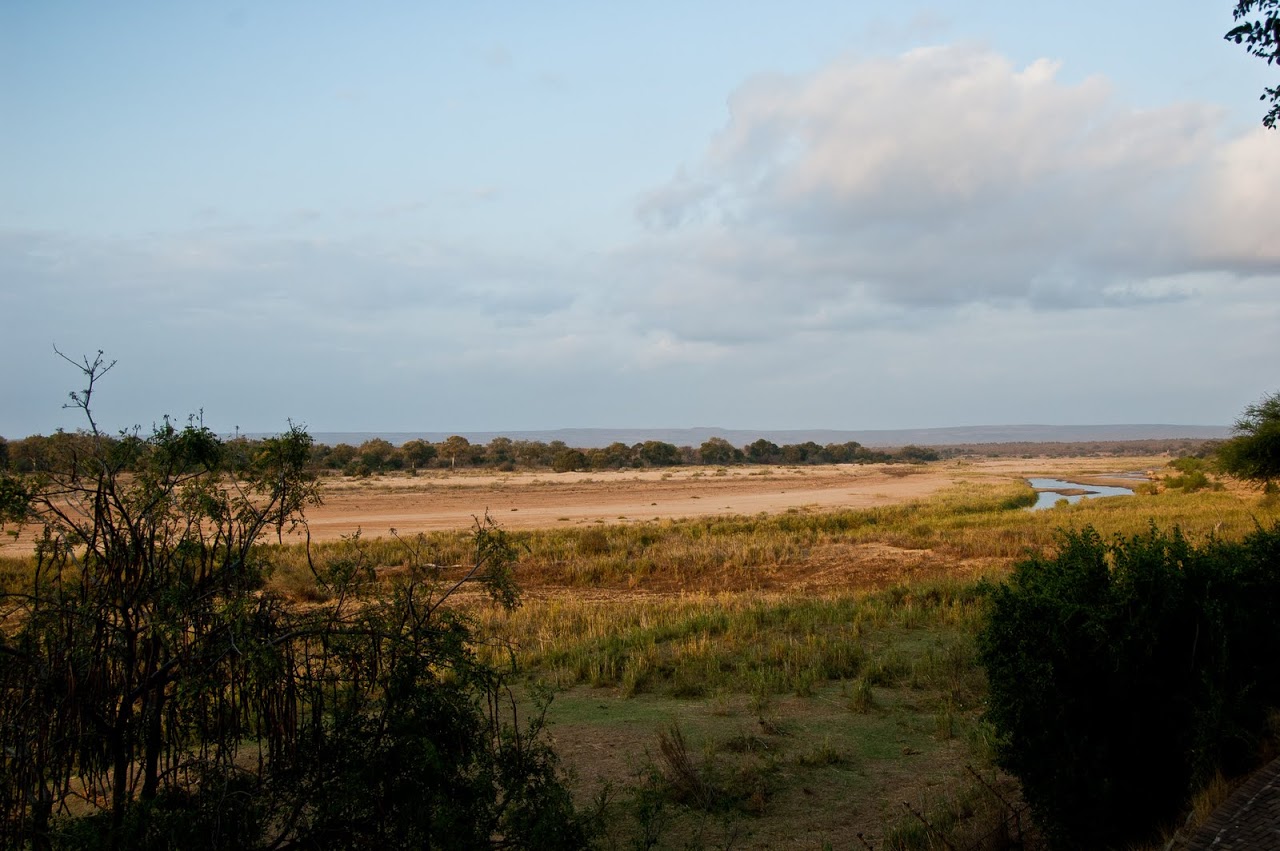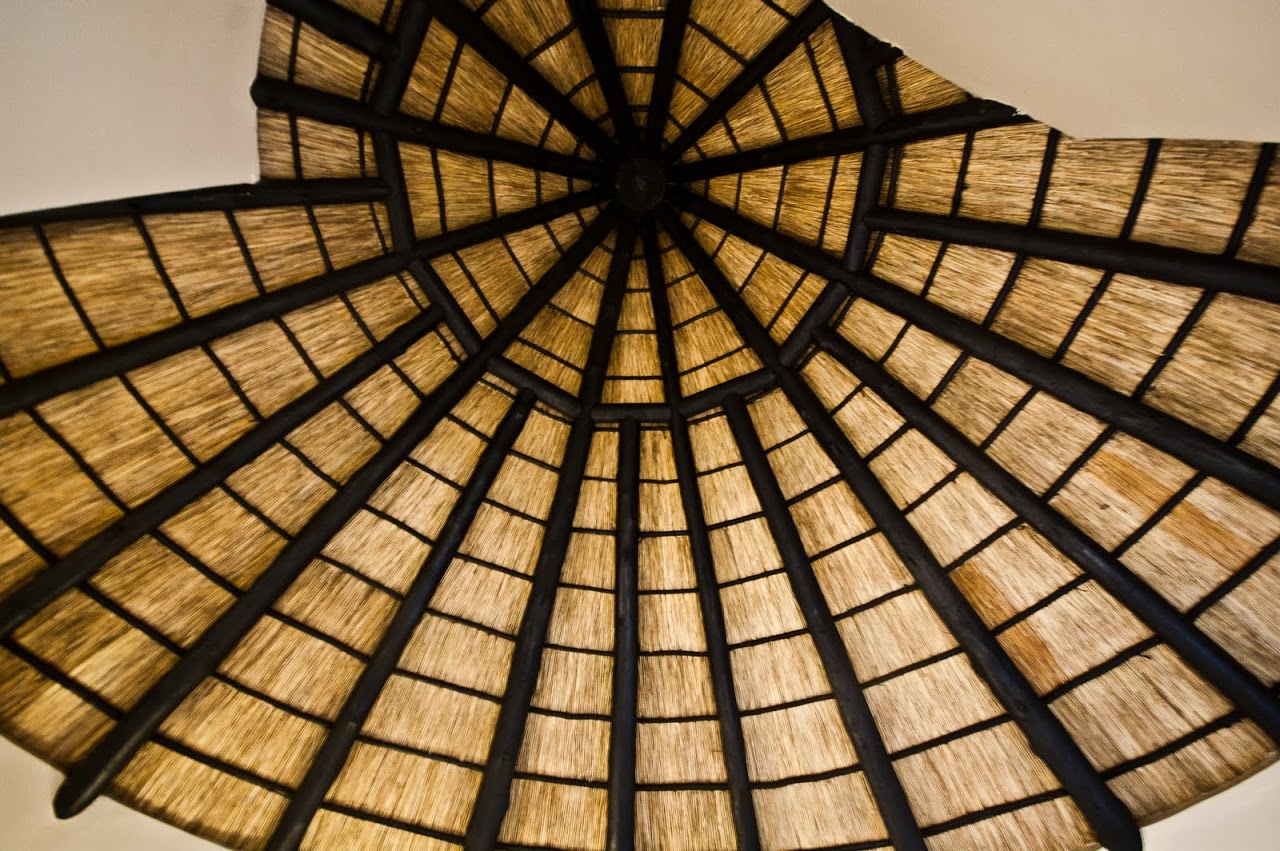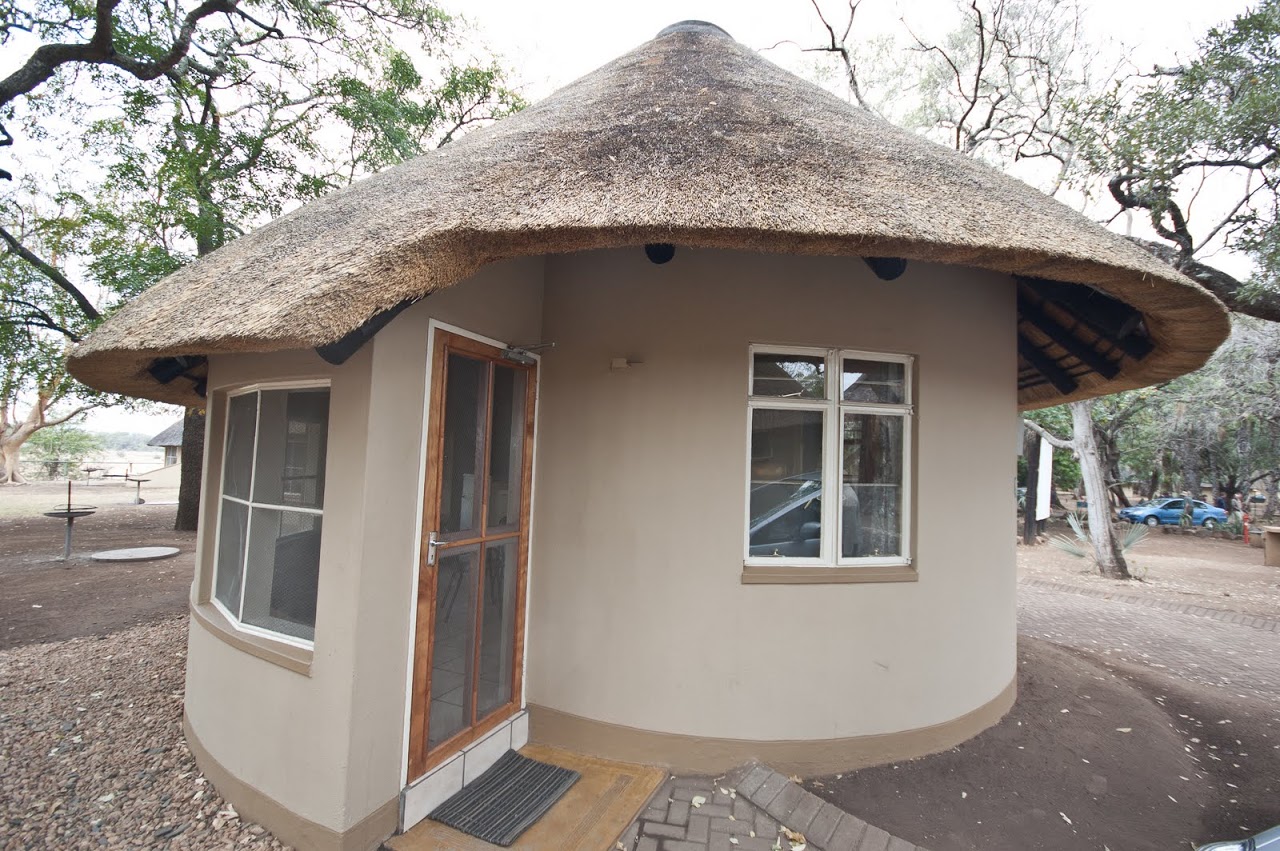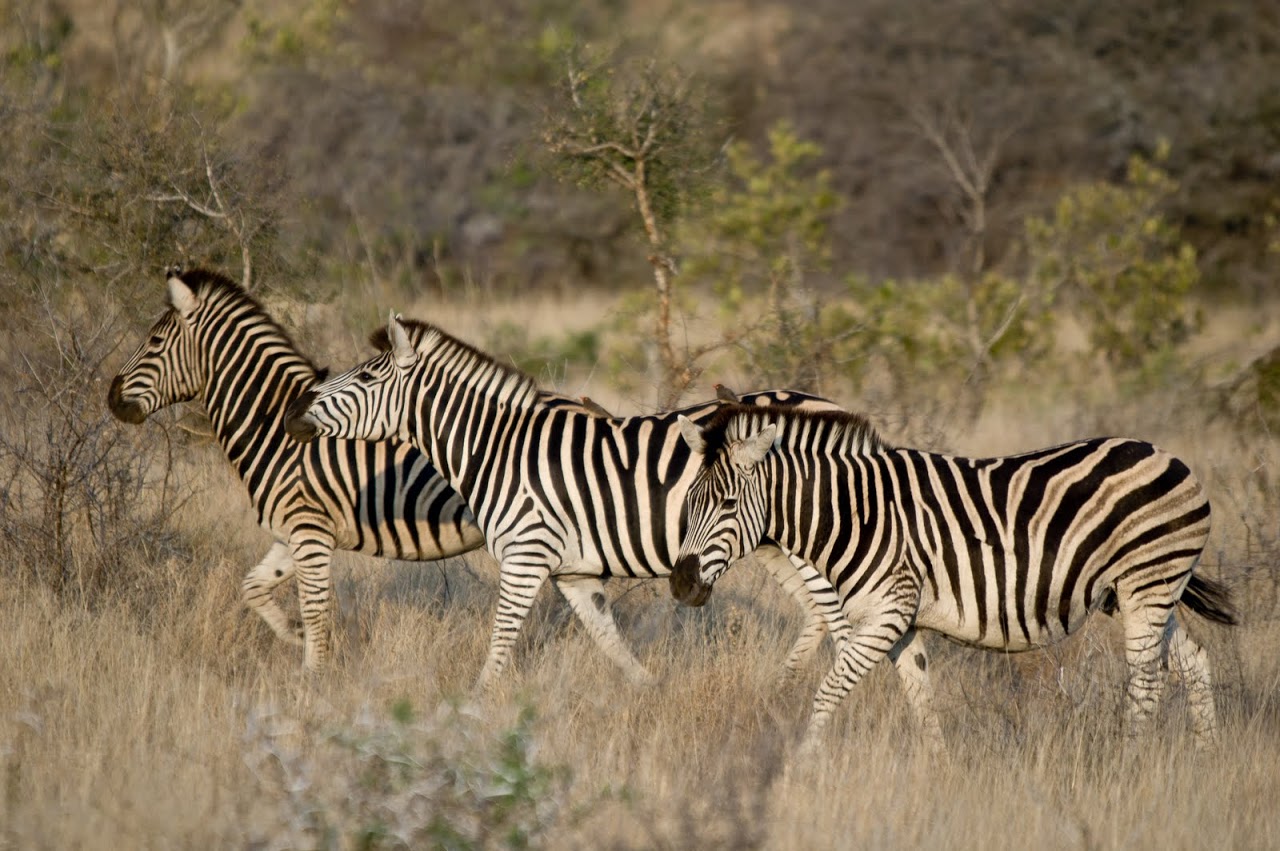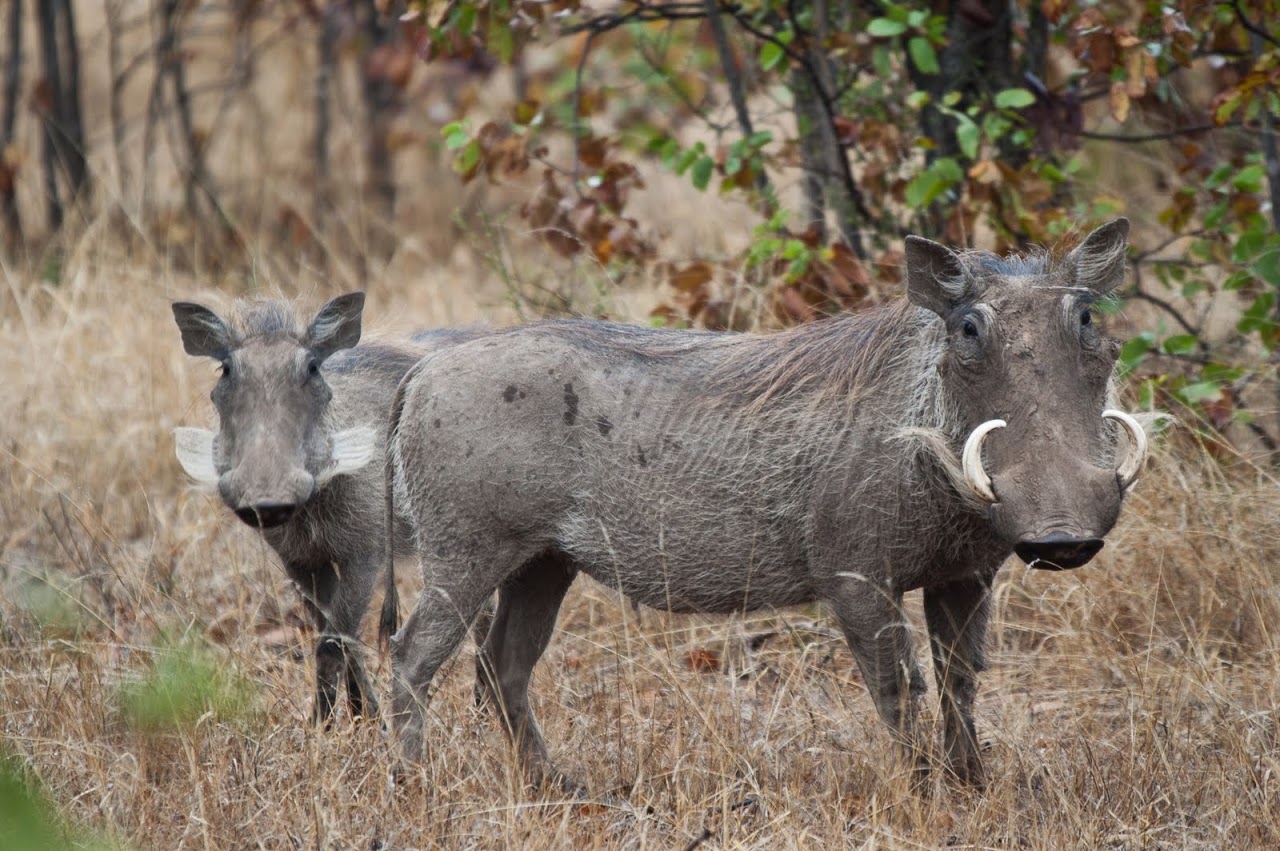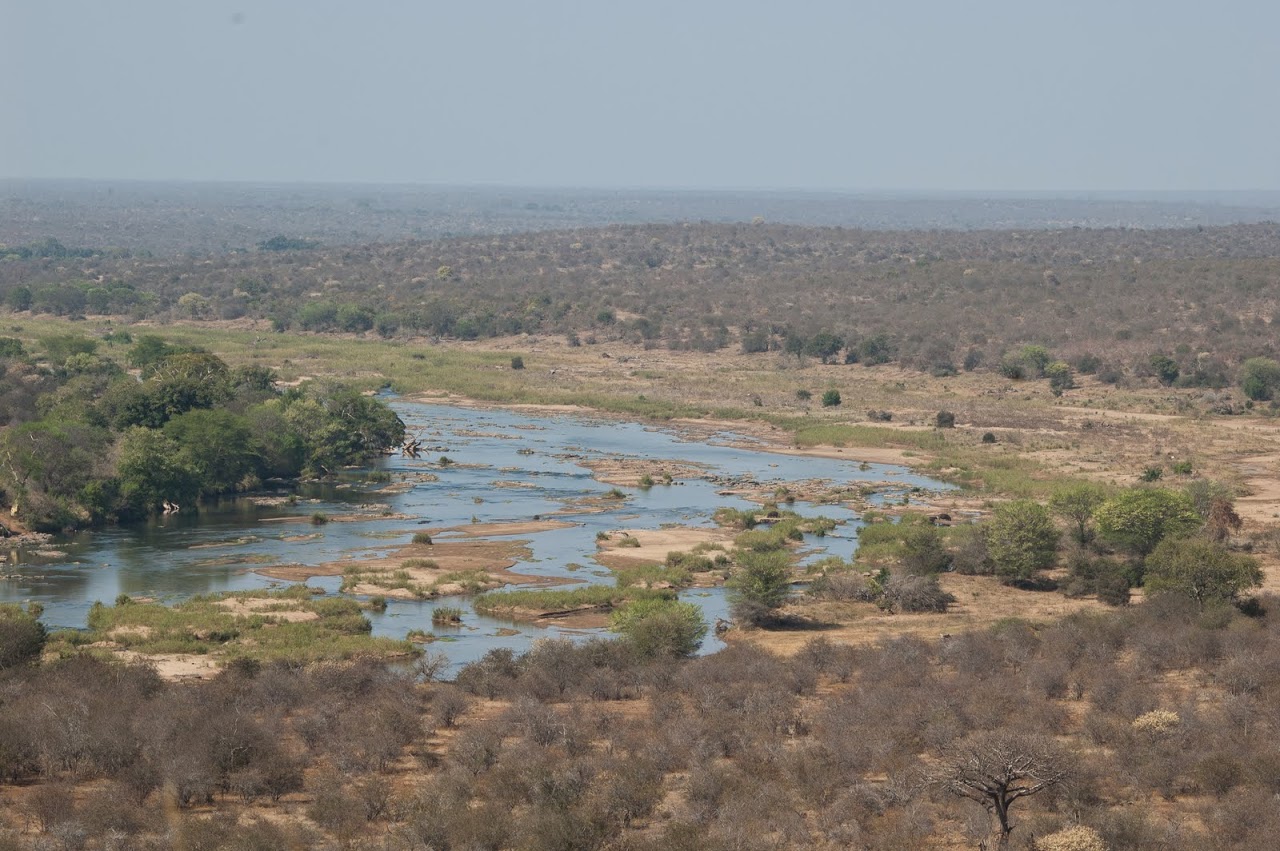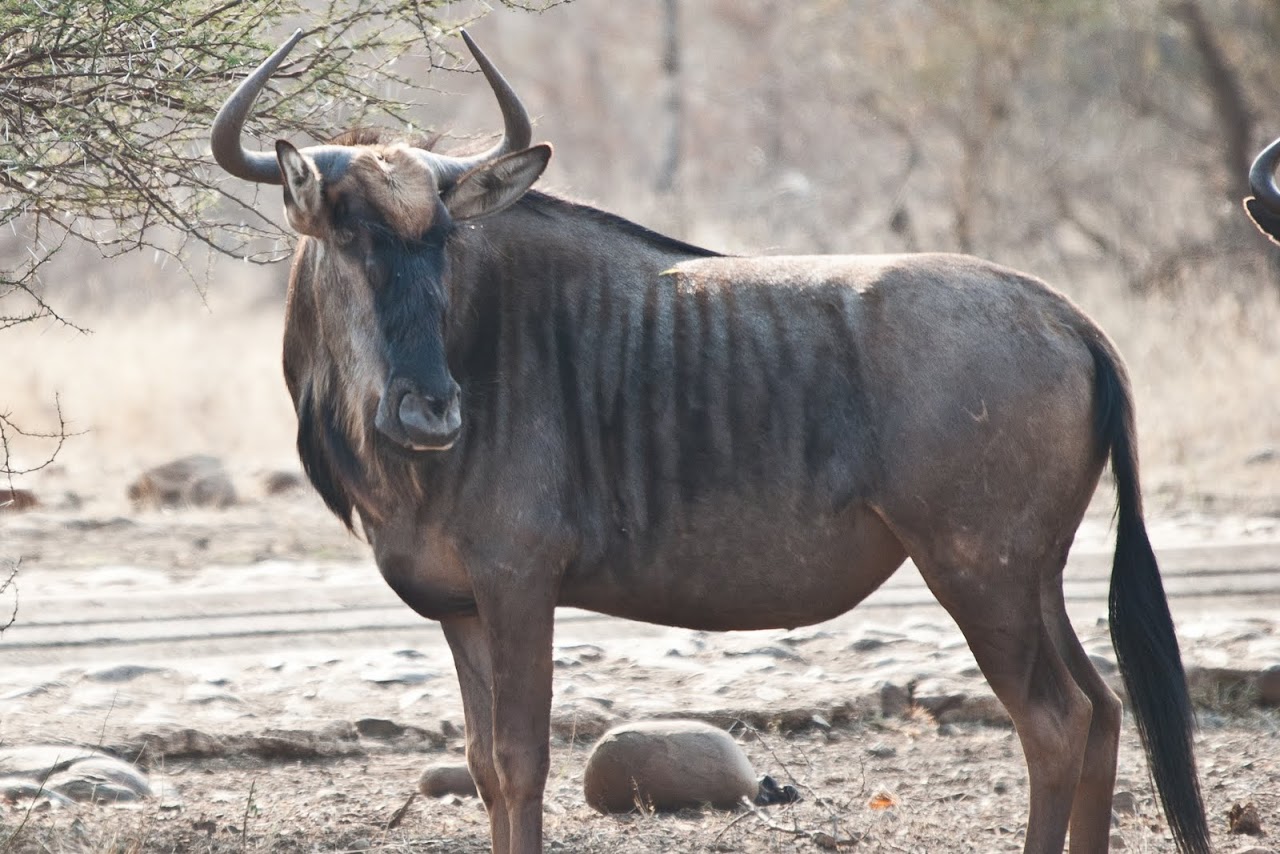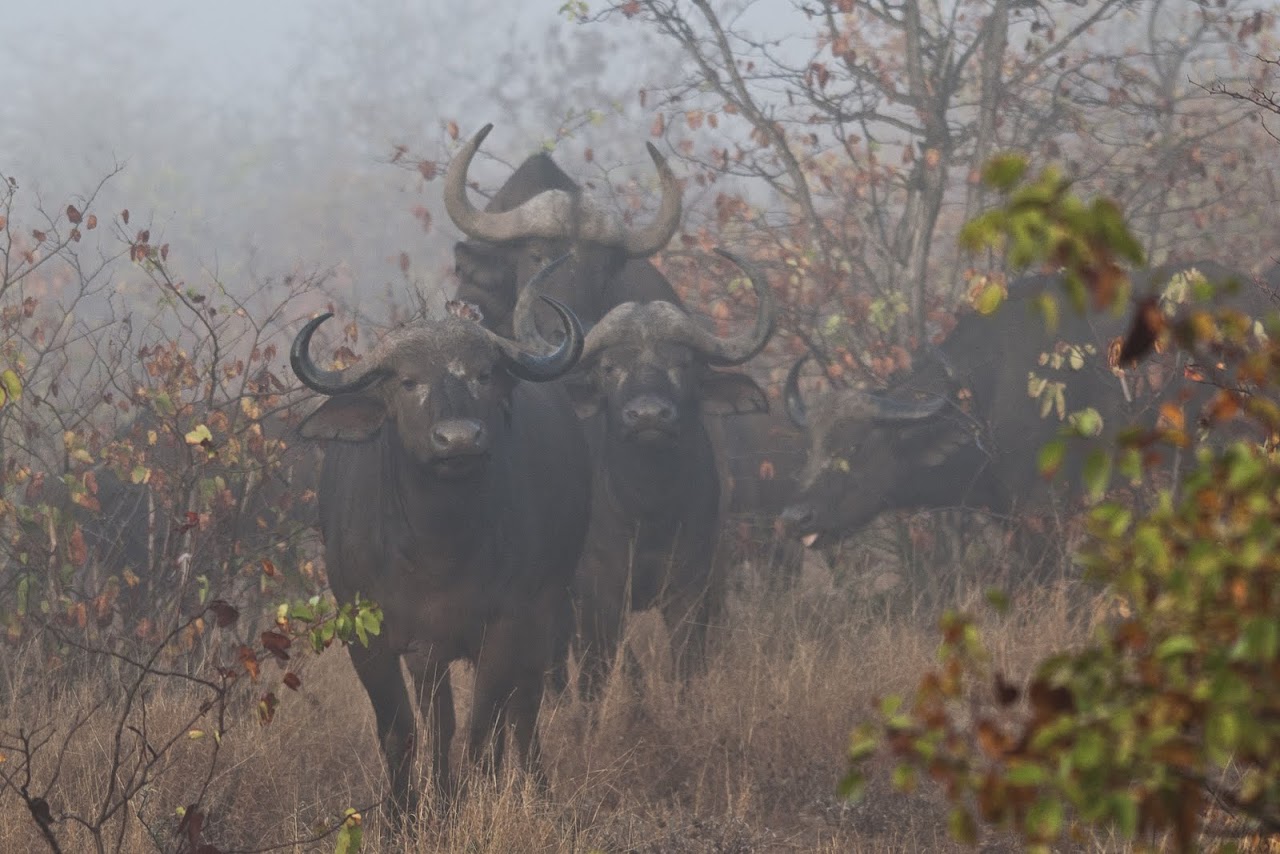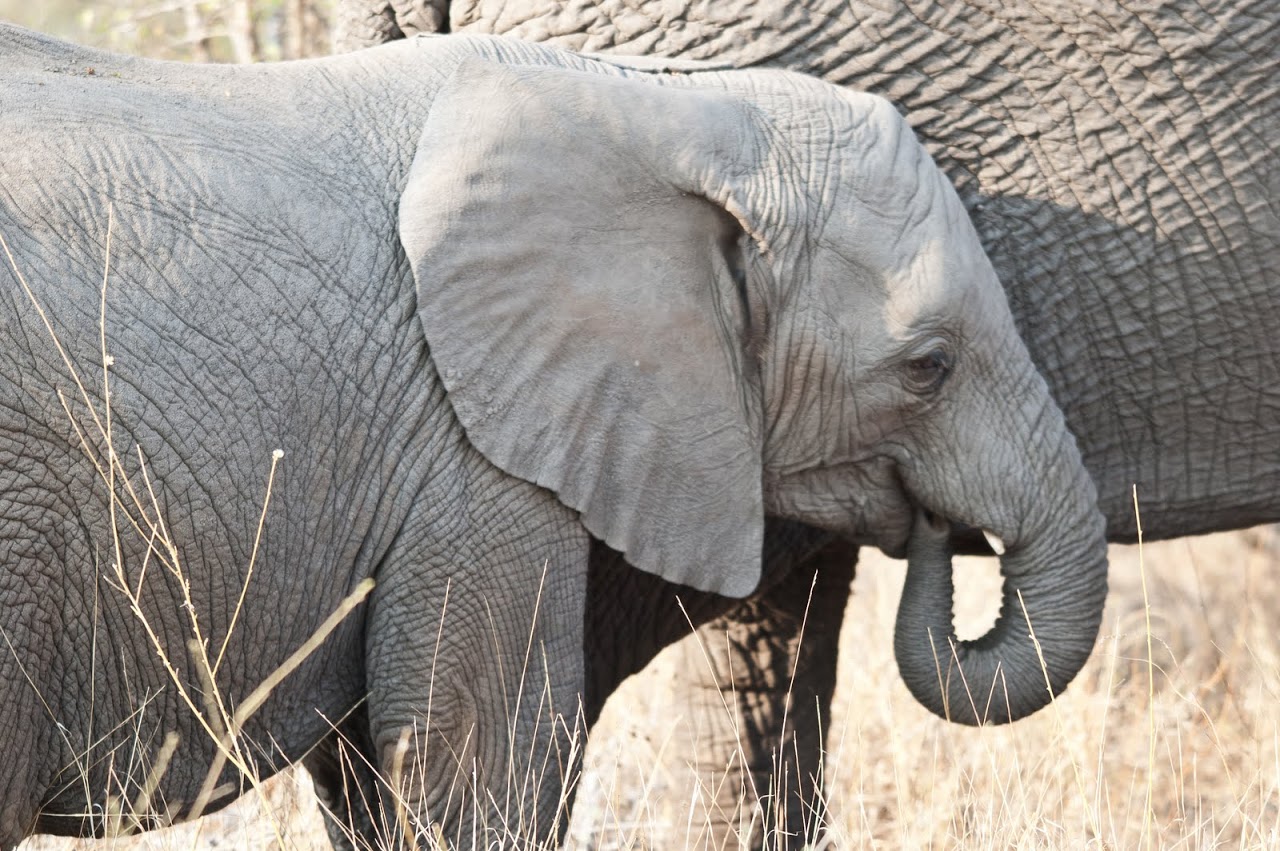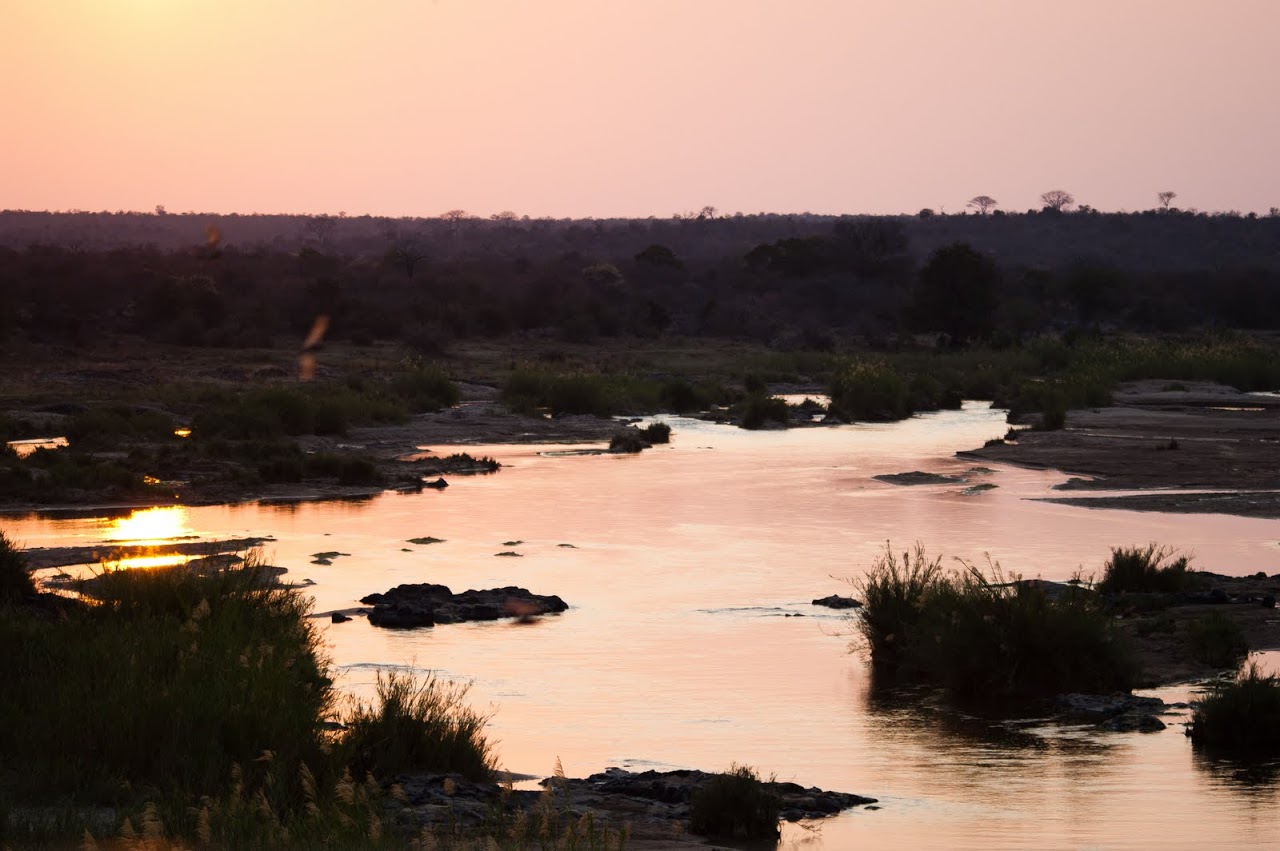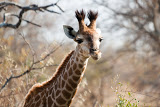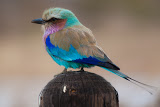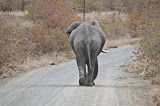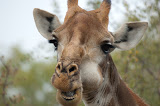Male impala fighting/posturing in the morning
So, last time we were talking about Kruger National Park , I explained what it is, whether you should stay inside or outside the park, and the differences between Kruger and the private reserves. I meant to write this post last week, expounding on what you should consider once you actually decide to stay inside Kruger but, well, I got busy. Sigh.
Impalas staring at us
Sometimes, real life --- technical writing, novel writing, traveling, and several other projects (one of which I hope to unveil to you next week) --- gets in the way of writing this blog. Anyhow, today - yes, today! - I am writing about planning a trip inside Kruger.
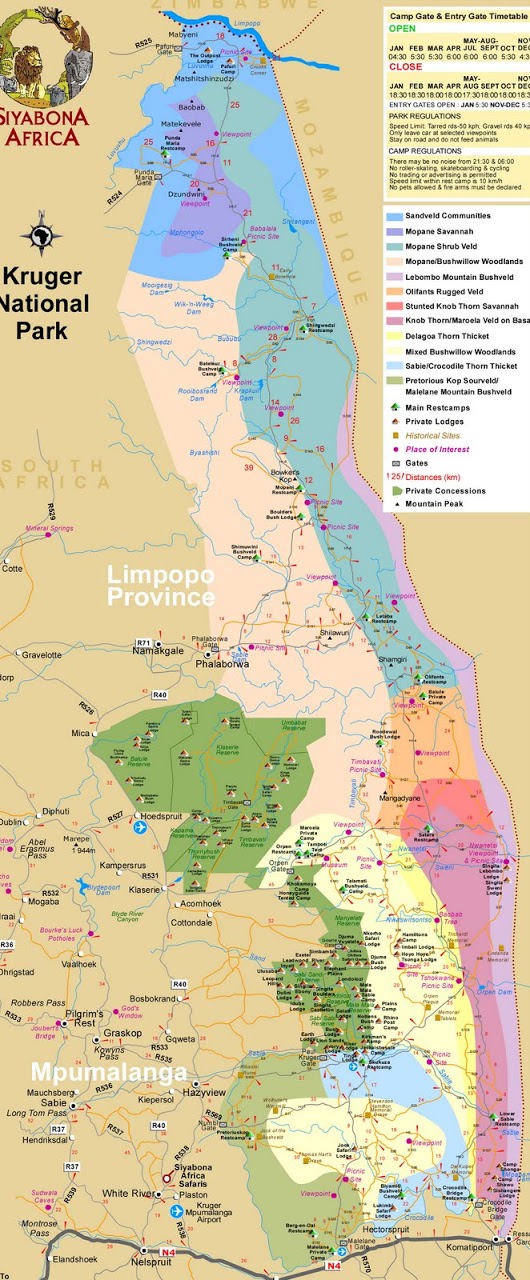 Where Do You Want to Go In Kruger?
Where Do You Want to Go In Kruger?
As I mentioned before, Kruger is HUGE. Remember, it is the size of Wales, so no matter how hard you try, you are not going to be able to see all of it unless you plan to spend many weeks driving through the park.
So, the first thing you need to do is determine your priorities and where you would generally like to spend your time. If you look to the map at the left, you'll see that the park map is a long narrow strip and divided into several different colors. Each color represents a different type of geography, meaning that certain animals are more likely represented in certain areas.
Generally, the northern parts of Kruger (the blue and purple areas and above) are dry and best for birding.
The tan area in the middle left is also dry, representing primarily savanna areas. We drove through a lot of the tan areas and didn't see much wildlife but saw lots of birds, antelope, and elephants. The tan area was also the least touristed. We drove for hours without seeing a soul.
The teal section in the right-middle of the park traces the huge Olifants river which includes a great deal of wildlife and has several of the most popular rest camps. We liked this area the best because the concentration of wildlife was high but the roads were not super packed with cars.
The pink, orange, and yellow areas at the bottom have the highest water levels and highest concentrations of wildlife in the entire park. At the same time, these are also the most touristed areas of the park because they are the closest to Johannesburg and very near the private game reserves shown in green.
(If you want to see this map in larger scale, you can click on it, or you can download the map at a private Kruger Park site .
What Is a Typical Itinerary?
Most people who visit Kruger tend to stay in one campsite and do daytrips to see the wildlife. This makes sense because the gates open quite early in the morning (at 5:00 a.m. or later depending on the season) and close at sunset (at 5:00 p.m. or later depending on the season).
Impala walking around in morning mist
Wildlife is most active in the early morning and late afternoon, so people staying in the rest camps will wake up early, do a game drive in the morning, go back to camp and splash around in the swimming pool or take a nap, and do a game drive in the afternoon.
Impalas lounging
We did things a little differently. We started our 7-day trip at the Phalaborwa Gate which is near the middle of the park, then drove north to the Mopani rest camp, spent the next night at Letaba, the next night at Olifants, then time at the private Balule game reserve, before coming back into the park to spend a night at Lower Sabie, and our last night outside the park in Komatipoort after leaving through the Crocodile Bridge gate.
Baby hippo
At the end of the seven days, we were exhausted. We saw a LOT but we also drove a lot and didn't get much downtime. Or, for that matter, sleep because we were up at the literal crack of dawn every morning to see wildlife.
View of the river from Letaba
If we had to do it over again, I would start at the Phalaborwa gate, spend 1 night at Mopani, 2 nights at Letaba, 2 nights at Olifants, and 2 nights at Skukuza. We visited almost all the other rest camps in the park and we liked those four the best. In particular, Letaba and Olifants have amazing views of huge watering holes where all the animals come in, meaning that even after the gates shut in the evening, we could watch the animals at the watering hole.
Rondavel ceiling at Letaba
What Is a Kruger Rest Camp Like?
Kruger's rest camps are huge fenced-in areas which animals cannot enter (though coyotes and monkeys often sneak through the fences.) Unlike most places, you are caged in after dark . . . the animals can roam through the park as they wish. Gates close at sunset every night and open at sunrise in the morning.
Rondavel at Letaba
Each rest camp has a wide variety of lodging options. You can camp in their campsites and use community restrooms and cooking facilities. Or, you can stay in a rondavel which is a small thatched hut. We opted for the rondavels and were generally impressed.
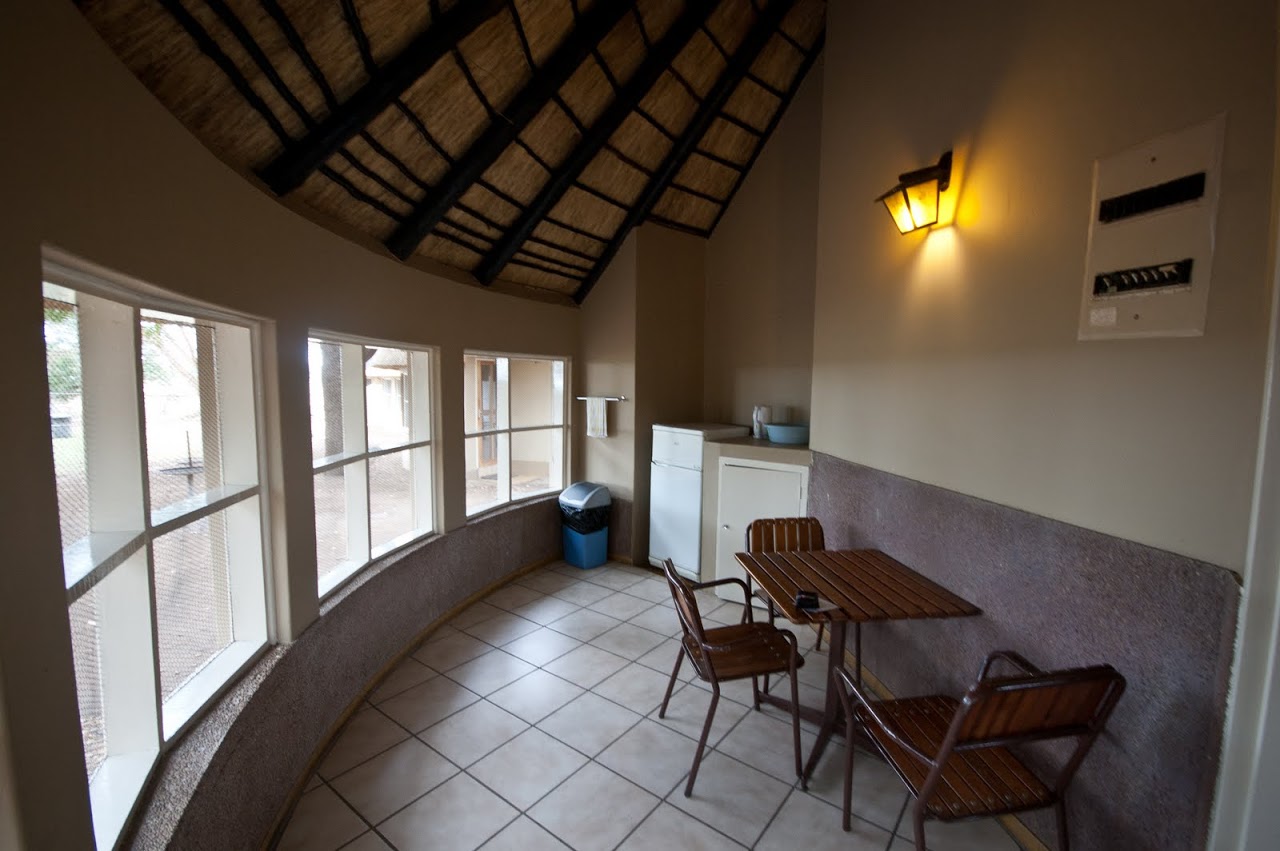
|
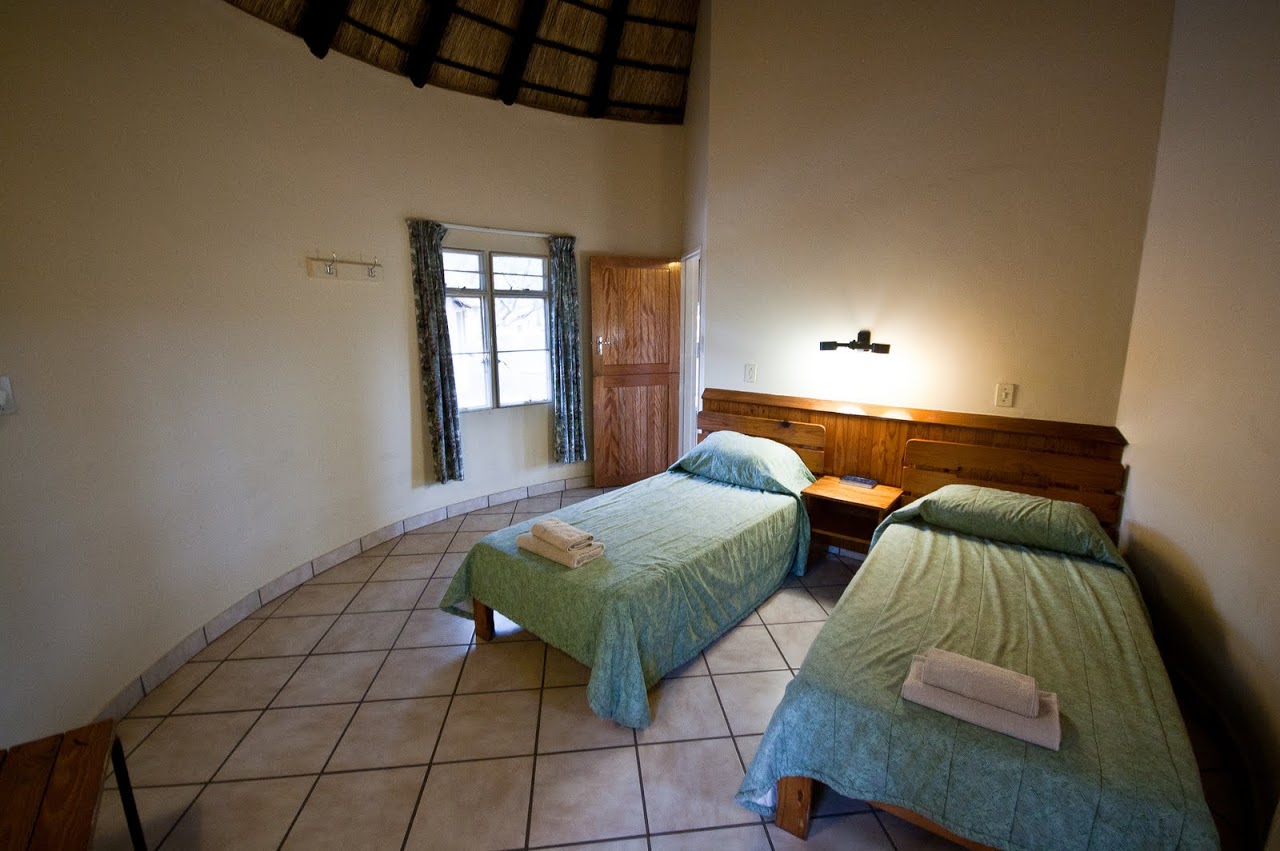
|
Each rest camp has at least one over-priced mediocre restaurant, a small grocery store, and a gas station so that you don't need to leave the park once you enter. Many of the rest camps also have a washing machine and dryer. All of the rondavels had a kitchen area and the rest camps had community kitchen areas so most people opted to cook. Several of the rest camps had over-priced, low-quality Internet, if you need to work.
Zebras walking
General thoughts on the rest camps:
- Mopani: Untouristed and nice. This northern camp overlooks a wide river so it's not very good for wildlife viewing but great for bird-watching. The camp is newer and nicer than most of the southern rest camps and there were very few tourists when we were there, so the wait for food wasn't as long as in some of the other spots.
- Letaba: Our favorite. This super-popular, newer restcamp has stunning views over a river and we saw several elephants and antelopes come in during the day. The restaurant was actually quite good and the rondavel was the cleanest of the ones we stayed in.
View of Olifants river from Olifants rest camp
- Olifants: Stunning overlook of the Olifants River. We heard hippos groaning throughout the night and we took the night drive at this rest camp and were excited to see a leopard and hyena early on. Olifants is also super-popular so book early.
Wildebeest
- Satara: Very close to the Orpen gate but, unlike most of the other parks, there isn't an overlook but rather a tall fence that separates you from the animals. We went there to use the restroom and saw several monkeys hanging out. It is one of the most popular rest camps because the concentration of lions, leopards, and cheetahs is very high in Satara. We saw two lions lounging in the grass near Satara.
- Skukuza: The most popular rest camp in the morning, Skukuza has several pools, restaurants, and its own airport. There is a very nice overlook from which you can see animals coming in through the tall grasses and the wildlife viewing in the area is amazing. However, as you can imagine, it is also the most crowded rest camp in the park.
Baby elephant
- Lower Sabie: We heard rave reviews about this one but found it to be disgusting and run-down. Our room smelled like monkey pee and in the morning we found monkey droppings all over our front door. The restaurant was terrible. I would not recommend this rest camp though the wildlife viewing near here was very good.
Other popular rest camps include Crocodile Bridge, Berg en-Dal, and Punda Maria but we did not visit these rest camps.
Olifants River at dusk
Booking Your Kruger Rest Camp Lodging
Ahhh . . . . now, this is the trick. If you want to book Kruger Rest Camp lodging, you need go to the South African National Parks Site (sanparks.org). If you type in Kruger Parks into Google, SANParks won't come up and you'll spend your time going through a lot of other private sites. To book on the official Kruger website, go to sanparks.org .
The SANParks website is actually really good and allows you to see all of the available rest camps on the dates that you want to visit the park. Book EARLY! We didn't book until three weeks before and most of the best rest camps were already booked up. So, book early!
And, that's it. Now, I think you know everything you need to know to plan a trip to Kruger. (But, please, jump in with any questions you have.)




